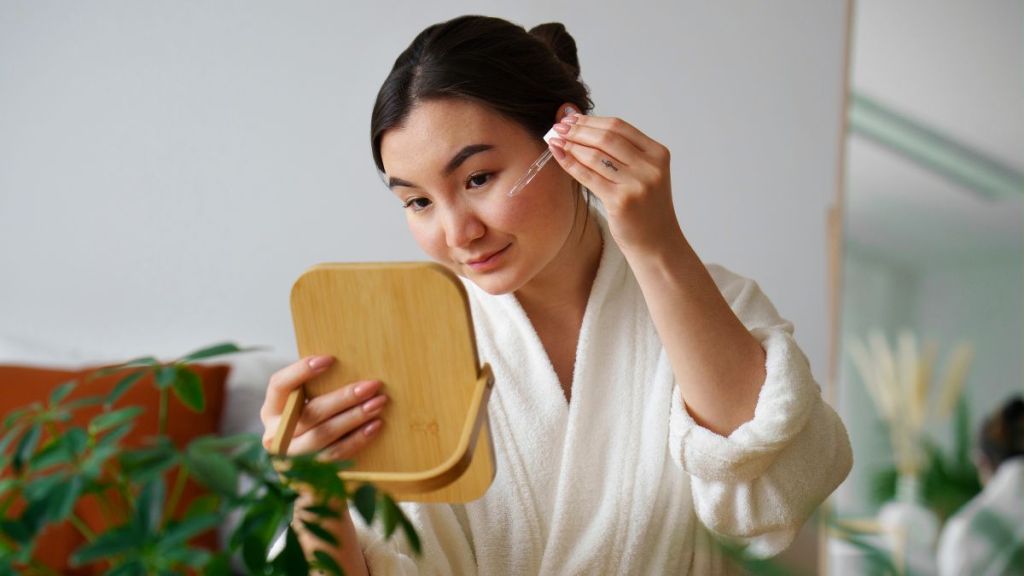A new skincare trend on TikTok and Instagram is leaving dermatologists worried and some users with painful burns. The so-called ‘acid cocktailing’ trend encourages people to mix different acids and apply them to their face at home, mimicking professional chemical peels.
While videos show promises of glowing, glass-like skin, experts say the reality can be very different. “We are increasingly seeing young patients walk into clinics with red, peeling skin, chemical burns, and post-inflammatory pigmentation because of these DIY acid cocktails,” says Dr. Rashmi Sharma, Consultant Dermatology, Fortis Hospital, Gurugram.
Why it’s trending
The hashtag #skincare has more than 200 billion views on TikTok, and chemical exfoliation is one of the most talked-about categories. Influencers often mix glycolic acid, salicylic acid, lactic acid, and retinol creating a potent blend they call a “cocktail” for quick results.
But dermatologists say this social media trend overlooks one crucial fact: professional peels and high-strength acids are designed to be administered under medical supervision. “A chemical peel in a clinic is not just about applying an acid. It’s about choosing the right concentration for the skin type, preparing the skin, and ensuring correct aftercare. At home, none of that is possible,” explains Dr. Sharma.
Safe vs unsafe exfoliation
Experts agree that mild exfoliants, such as low-strength AHAs (like glycolic or lactic acid), BHAs (like salicylic acid), or enzyme-based scrubs, are safe when used correctly and in moderation. The trouble starts when people layer multiple acids or use concentrations meant only for clinical use.
“Skin is not a science experiment,” Dr. Sharma explains “Stronger doesn’t mean better. Mixing acids without knowledge of how they interact can strip the skin barrier, cause long-term sensitivity, and even permanent scarring,” she said.
Skincare injuries
The trend is part of a bigger shift. During the pandemic, when salons and skin clinics were closed, many people turned to TikTok tutorials for beauty hacks instead of proper medical advice. Now, clinics worldwide report an increase in chemical burns, hyperpigmentation, and sensitised skin linked to these DIY attempts. A 2023 report in the Journal of Cosmetic Dermatology reveals the rise of social-media-driven skin damage, with chemical peel misuse topping the list.
What experts recommend
Dermatologists reveal that at-home chemical exfoliation should stay mild and controlled. If you’re keen on stronger results, book a consultation instead of following viral hacks.
“Professional peels are personalised,” says Dr. Sharma. “We check the patient’s skin history, medical conditions, and even lifestyle before choosing an acid strength. That level of safety cannot be replicated with a DIY TikTok recipe,” she said.
She also advises simple steps to protect skin: always patch test new products, introduce actives slowly, avoid mixing too many exfoliants at once, and never skip sunscreen.
The promise of instant results might be tempting, but dermatologists say skin health is not worth the risk. “Social media may give you trends, but only science gives you safe skincare,” Dr. Sharma said.


